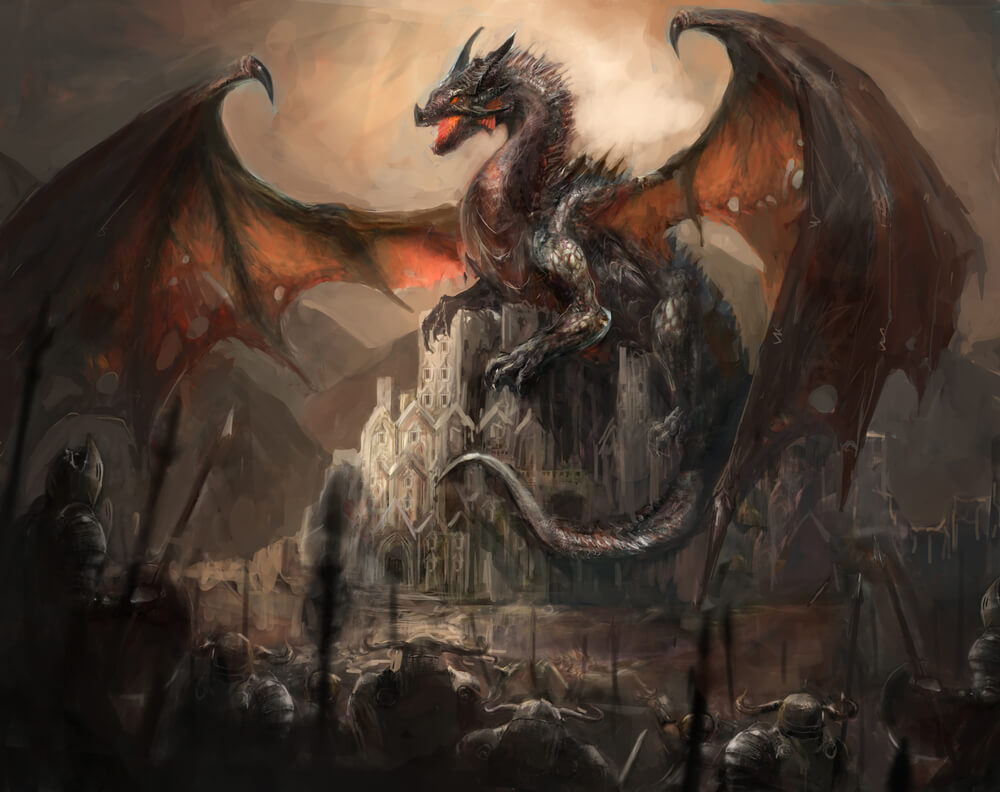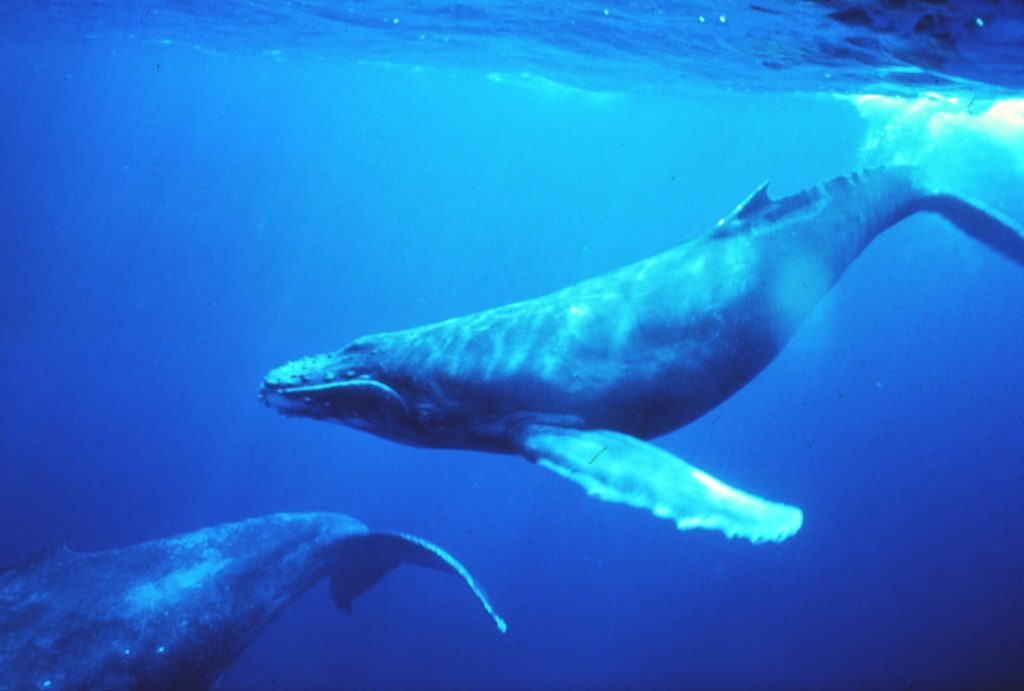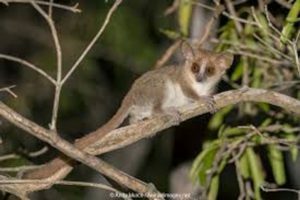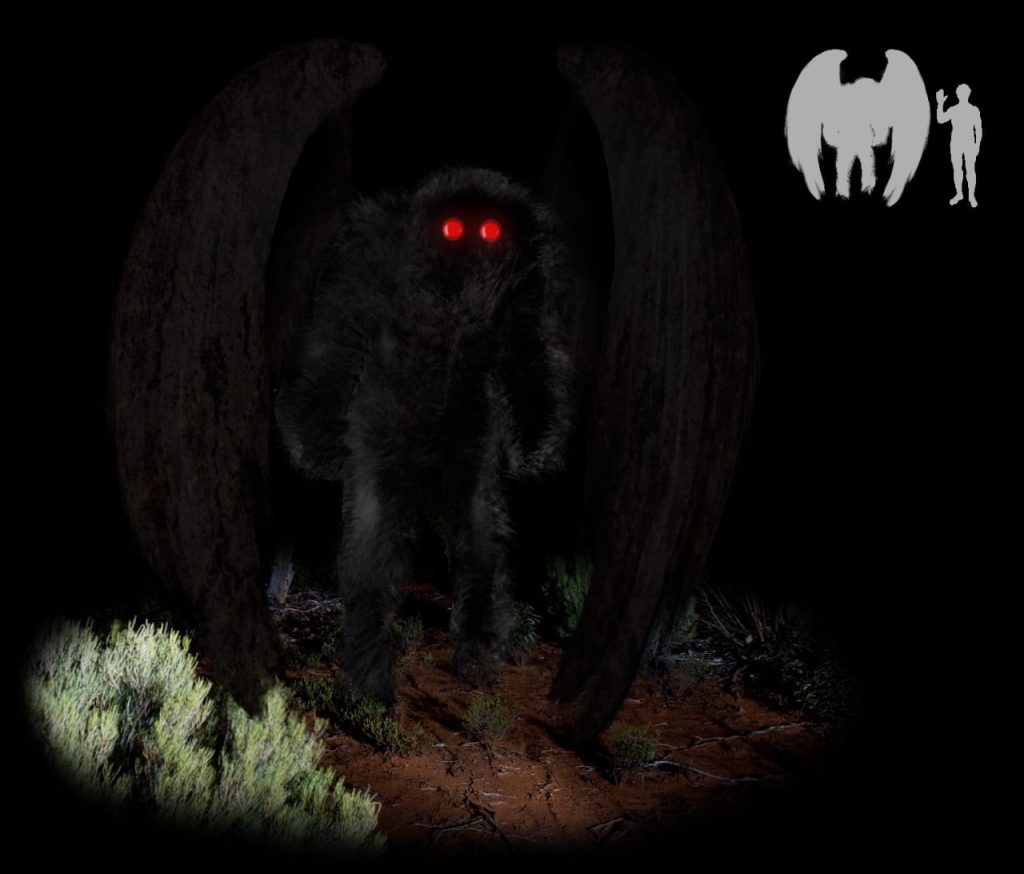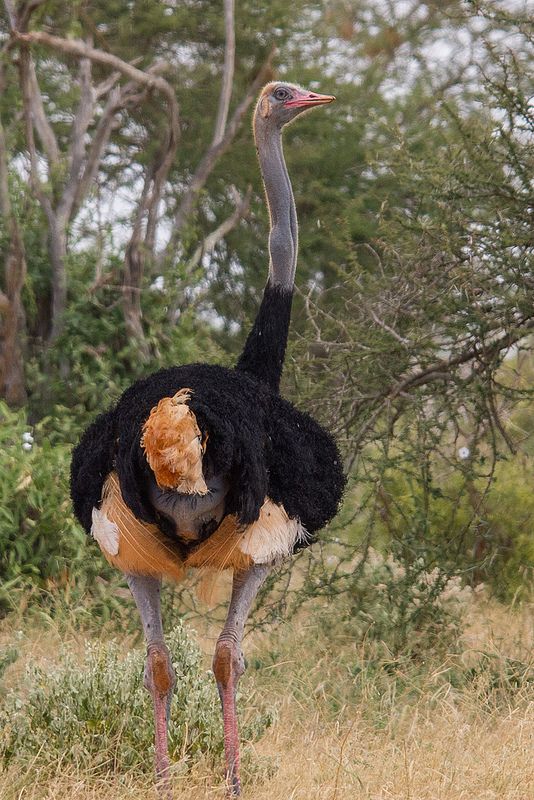Dinosaurs are by far the most fascinating creatures to humankind that once lived on the planet that we do now. There are endless theories, studies, and rumours when it comes to the species of dinosaurs. Apart from this, dinosaurs have always been an attraction to kids and adults alike. Dinosaurs have huge bodies, sharp teeth, strong legs, and gigantic posture. Kids love them and so are the adults, no wonder film franchises like Jurassic Park that is solely based on dinosaurs are so successful throughout the years. Therefore, Podium brings you a guide to the types of dinosaurs that graced this planet and everything about these fascinating creatures.
Finding dinosaur fossils is not a rarity. Although it is rare to find complete dinosaur fossils and that is what makes it tough for scientists. Scientists and the people who study this field of work have to put all these fossils together and create a picture of dinosaurs in their heads, solely based on imagination and assumption. Thus, it is extremely difficult to give an accurate measurement of a dinosaur’s height and size. Different sources and websites state different results. Let’s look at the types of dinosaurs now.
- Argentinosaurus
- Patagotitan
- Tyrannosaurus
- Sauropods
- Ceratopsians
- Raptors
- Theropods
- Titanosaurus
- Ankylosaurus
- Therizinosaurus
- Stegosaurus
- Pachycephalosaurus
- Prosauropods
- Ornithopods
- Ornithomimids
- Types of Flying Dinosaurs
- What Killed The Dinosaurs?
- How It All Happened?
- Dinosaur Embryo Found in Fossilized Egg
- Conclusion
- Frequently Asked Questions
- Parting Words
Argentinosaurus
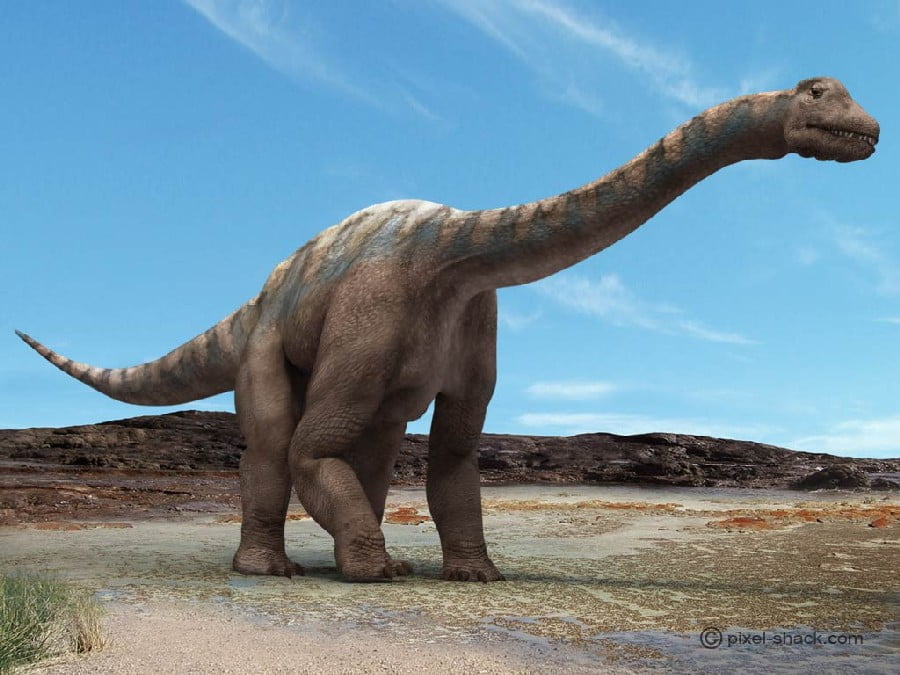
The very first fossils of this species of dinosaurs were found in Argentina in the South America region. After studying the fossils and their state, it was concluded that these dinosaurs lived on this planet around 100 million years back. Argentinosaurus was one of the largest dinosaurs to exist at the time of their existence on the planet Earth. The height of an Argentinosaurus is 70 feet (21.4 meters), about the size of a six-story building. The length of an Argentinosaurus was 120 feet (36.6 meters). Three long school buses end to end. Argentinosaurus was a herbivorous creature. Argentinosaurus is known for its long necks, tails, and long spine. Unfortunately, the complete discovery of the fossils of this species has not been successful. This is one of the main reasons why there is a lack of information regarding Argentinosaurus.
Patagotitan

The first few fossils of these dinosaurs were found in 2012 in Argentina as well. After evaluating the fossils, it was found that these dinosaurs belonged to the massive dinosaur group of Titanosaurus. Patagotitan was 122 feet long (37 meters) and was 20 feet high (6 meters) at the shoulder. Patagotitan is also a herbivorous just like Argentinosaurus. Patagotitans used to survive by using their long necks to eat the grass off the trees. A total of six Patagotitan fossils were found in Argentina. It was 100 million years old.
Tyrannosaurus
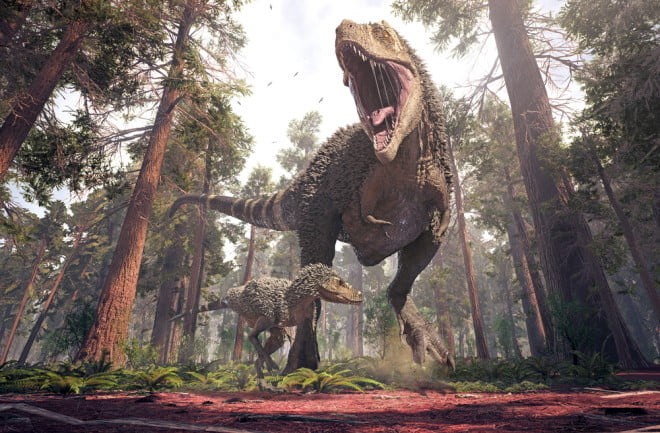
The Tyrannosaurus are by far the largest not to mention the most dangerous dinosaurs under the meat-eating category. To start with this type of dinosaur is native to Eurasia and Cretaceous North America. Most people refer to this type of dinosaurs as the killing machines of that late Cretaceous period. That is because these dinosaurs appear huge and have powerful trunk legs and carnivorous teeth. Hence, these dinosaurs are known to prey on the smaller breed relentlessly. You would be surprised that Tyrannosaurus even preyed on the smaller herbivore dinosaurs as well as other theropods. The most famous type of Tyrannosaur is the Tyrannosaur Rex. Since the Tyrannosaurus are typically theropods, they lie in the same group as the Raptors and Dino Birds.
Sauropods

Just like the Tyrannosaurus, the Sauropods were also the true giants that dominated the dinosaur family. Some of the Sauropods could grow up to 1,000 feet and maybe weigh up to 100 tons. You would easily identify the Sauropods as they are characterized by their long necks, thick squat bodies, and long tails. The Sauropods unlike the Tyrannosaurus, were dominant herbivores, especially in the period. Although still, the other armoured branch of the same known as Titanosaurus lived on during the Cretaceous period. The most popular Sauropods are found in the Genus, Apatosaurus, Brachiosaurus, and Diplodocus.
Ceratopsians
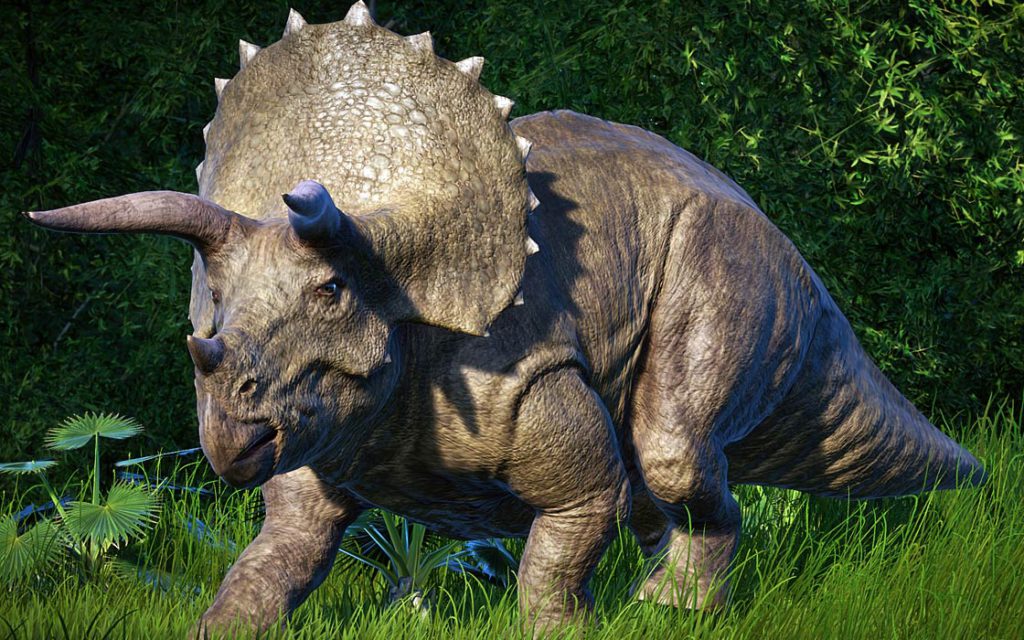
These are also known as horned or frilled dinosaurs. They are one of the rare oddest-looking dinosaurs to ever live in history. These Ceratopsians are majorly characterized by huge frilled and horned skulls that occupied at least one-third of their entire body. The Ceratopsians though still include even some very common types of dinosaurs such as the Pentaceratops and Triceratops. It was noted that the Ceratopsians have a comparable size to the modern-day elephants and cattle. However, the Protoceratops that are in the Cretaceous period most commonly generally weighed only a few hundred pounds. In previous times, the earliest Asian varieties were only the size of a house cat.
Raptors
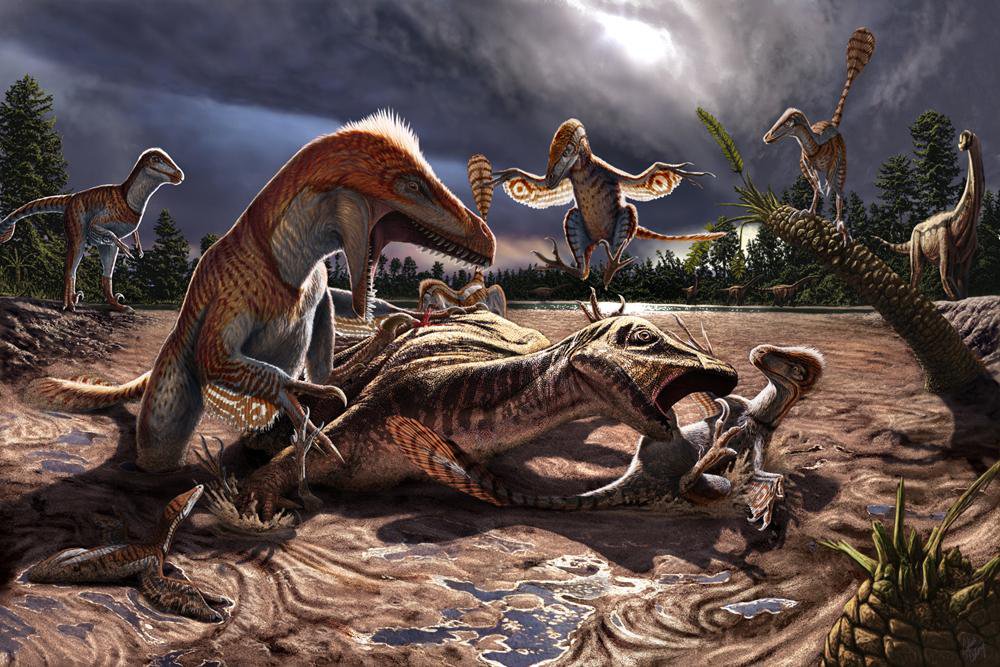
Raptors happen to be some of the most feared dinosaurs that existed in the Mesozoic era. These dinosaurs are also known as Dromaeosaurus and happened to be closely related to the modern species of birds. They are counted as a part of the dinosaur family that is referred to as the Dino Birds. You distinguish the Raptors from the other categories of dinosaurs because of their grasping ability. Their bipedal posture as well as their hands they have three fingers. In addition, these dinosaurs have larger brains than the average size. The most popular categories of Raptors include Velociraptor, Deinococcus, and the Utahraptor.
Theropods
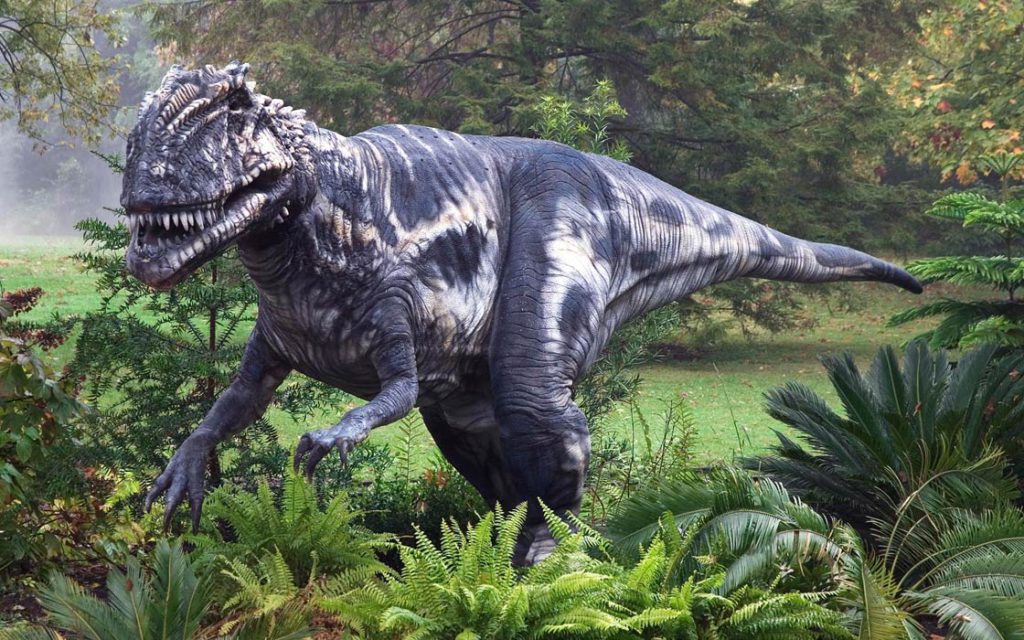
These tend to be the large meat-eating dinosaurs. To start with, Theropods consist of Raptors as well as the Tyrannosaurus which make up a small percentage of this bipedal. Theropods are carnivorous dinosaurs that include some of the exotic families. Allosaurus, Megalosaurus, Albertosaurus, and Ceratosaurus are the examples. Note that, the Theropods also include some of the earliest dinosaurs that existed in the Triassic period. All in all, the evolutionary concept of these dinosaurs remains a mystery among many, But one thing we are sure of is that this category of dinosaurs was not anywhere close to being friendly to the herbivorous dinosaurs as well as other small mammals in the ecosystem.
Titanosaurus

The Sauropods marked the end of the Golden Age of the Jurassic period. A time when the multi-ton dinosaurs such as the Titanosaurus roamed the Earth’s surface. By the time the Cretaceous period was commencing, some of the Sauropods such as Apatosaurus and Brachiosaurus had gone extinct. Hence, being replaced by the infamous Titanosaurus. They are characterized by their large size as well as the fact that they are plant eaters. They have tough armoured skin. The traces of the Titanosaurus remains have been found all over the world. Although still, they are not fully complete.
Ankylosaurus

They are also referred to as the armoured dinosaurs. Ankylosaurus happens to be one of the last standing dinosaurs about 65 million years ago. That was long before extinction and that is because they are gentle as well as slow-witted. They have heavy cubs, sharp spikes, and armour plating that majorly characterized this dinosaur. These dinosaurs seemed to have grown their armament to keep off predators. Although still, it is possible that the males had this armour to fight for dominance.
Therizinosaurus
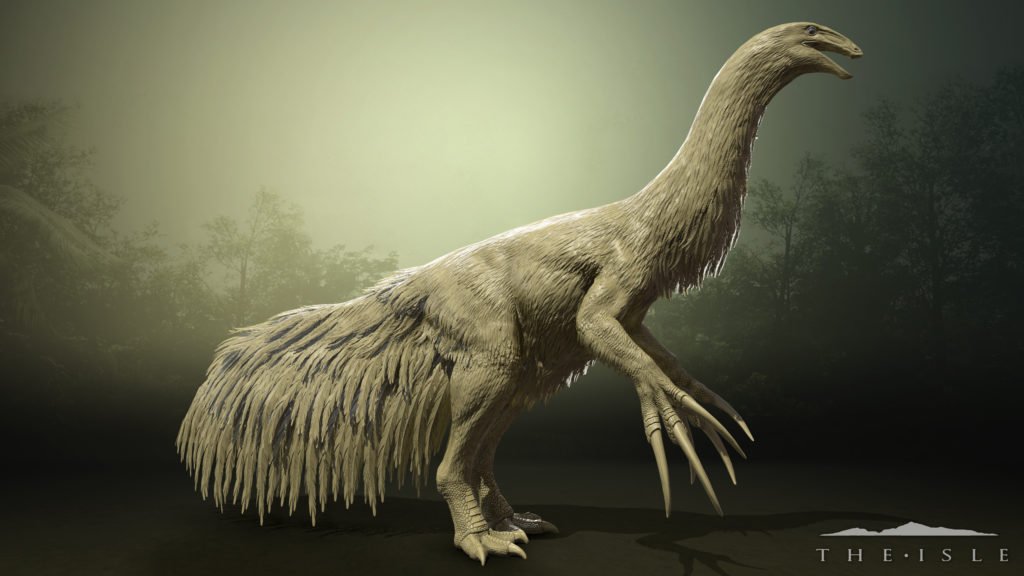
Therizinosaurus is typically one of the most bizarre dinosaurs. The Therizinosaurus features three-foot claws with garnished hair. The Therizinosaurus obviously stand out due to their odd appearance. On top of that, Therizinosaurus was thought to have a herbivorous type of diet plan. That is actually a contrast to their other meat-eating partners. Their lock necks enabled them to eat herbs from different plants. What is more this strange creature had features and a potbelly. The Therizinosaurus was bipedal, meaning the dinosaur was able to walk steadily on two legs. Others believed that this type of herbivore was also meat-eating which means that they can be classified as omnivorous. However, that is still a concept that is yet to be verified.
Stegosaurus
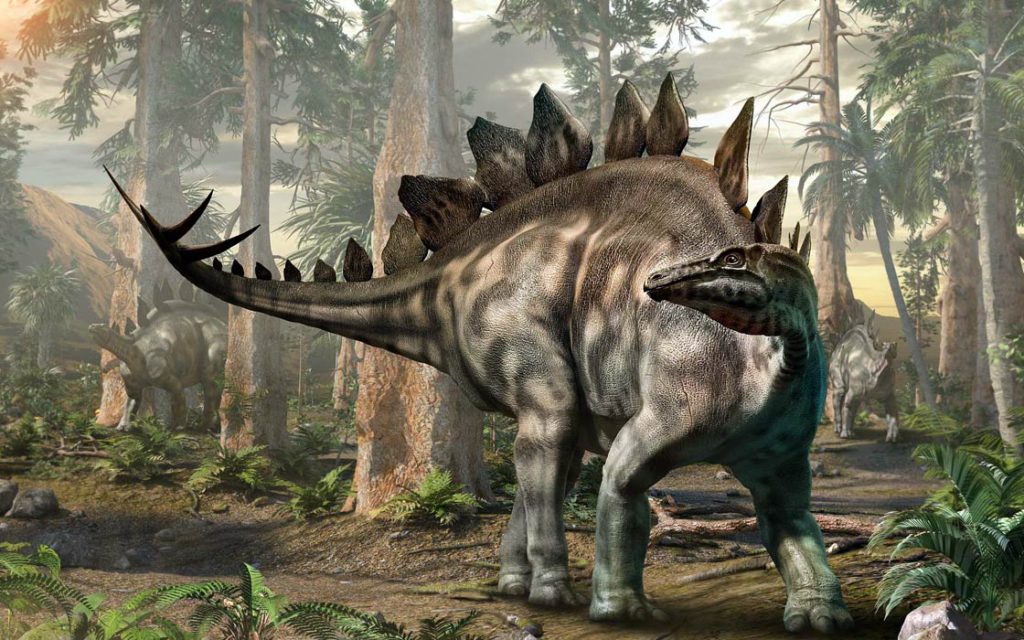
Stegosaurus is one of the most intriguing types of dinosaur. Particularly due to their spiked back. They are also the most used example when it comes to referring to dinosaurs. That is because Stegosaurus existed during the late Jurassic period. If you are a die-hard fan of the dinosaurs, then you must have come across a few references to dinosaurs with spiked backs. Nonetheless, the Stegosaurus were also plant-eating mammals much like the Therizinosaurus. Also one of the most controversial issues about this breed is the function of their famous plates. Some scientists believe that the flat plates were merely a beautiful display that made them attractive to the opposite gender. On the other hand, some scientists believe that these plates were used to dissipate heat. The plates might also act as both.
Pachycephalosaurus
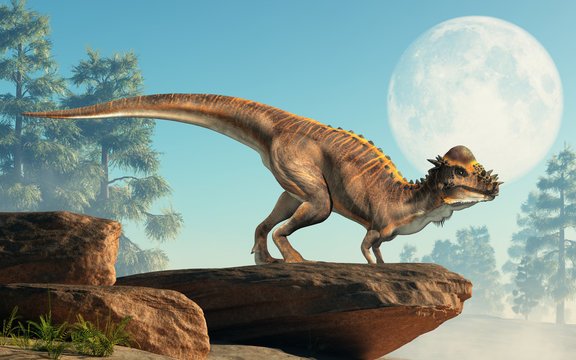
Before the extinction of dinosaurs, a strange breed evolved with a few different sets of features. The Pachycephalosaurus also referred to as bone head had an unusually thick skull. On top of that, this breed was a two-legged dinosaur with an insatiable craving for herbs. When it came to battling their way to acquire food, the Pachycephalosaurus used their thick noggins to win. It is also possible that these strange creatures were able to detour curious predators using their enlarged skulls and impressive fighting skills. Their small size also made them quite agile. Hence, they could run away from predators. Since this breed was a herbivore, they were more prone to attack by other carnivores in the food chain.
Prosauropods

With the ability to walk on four legs and two legs, the Prosauropods were a pretty unique species. They occupied a parallel branch in the early evolution of the dinosaurs. What is more that they also supplemented their vegetarian diet with a bit of meat from small creatures? Thanks to their walking styles, they were able to hunt down small animals as prey. People usually assume Prosauropods evolved from the Sauropods. However after thorough research, one of the major reasons why Prosauropods looked fairly obscure is that they didn’t distinct features at least by the standards of dinosaurs. Prosauropods had a long neck and long tail. Prosauropods were only able to maintain a median size of about 20 to 30 feet. They were relatively clumsy with an ungainly posture that didn’t help maintain their stability.
Ornithopods
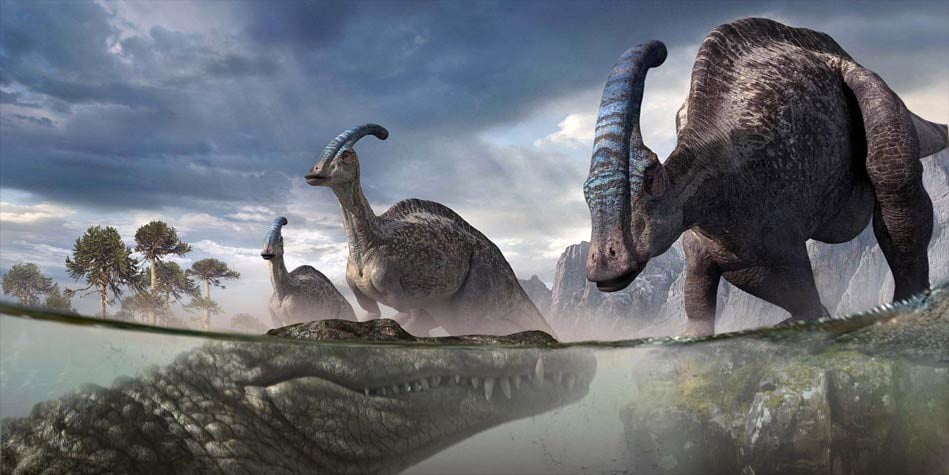
Ornithopods are also another plant-eating dinosaurs. The Ornithopods were the most common dinosaurs, especially during the Mesozoic era. They were also the first type of dinosaurs to be excavated. The earliest versions of Ornithopods were bipedal. But the larger versions were able to walk on all four legs. What is more, the Ornithopods were rightly spread fossils of this great dinosaur have been discovered in almost every continent except Antarctica. One of the most interesting factors is that there is no evidence that the Ornithopods had feathers. This might also suggest perhaps the Ornithopods were warm-blooded and needed to be shielded from the extreme cold temperatures.
Ornithomimids
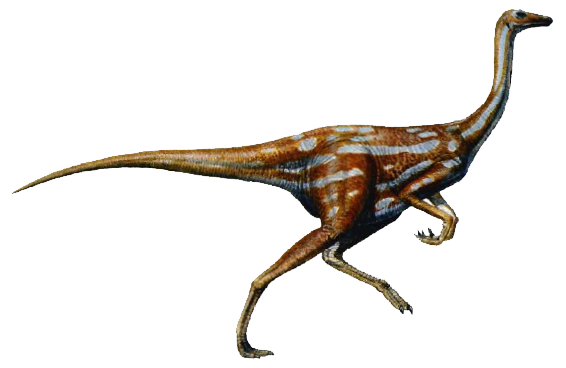
The Ornithomimids is a Greek word that means ‘bird mimics.’ This word can be a bit misleading. That is because the Ornithomimids are more or less similar to ostriches since they are flightless. Ornithomimids look a lot like modern ostriches in terms of long legs tail and a rounded trunk. On top of that, they are also flightless even with their bird-like shape. What are more, the Ornithomimids have a small head that is perched with a slender neck. The most outstanding characteristic of this breed is that it is omnivorous. The Ornithomimids are among the few dinosaurs to be proven that they evolved the ability to eat vegetation and meat at the same time apart from the Theropods.
Types of Flying Dinosaurs
Santanadactylus
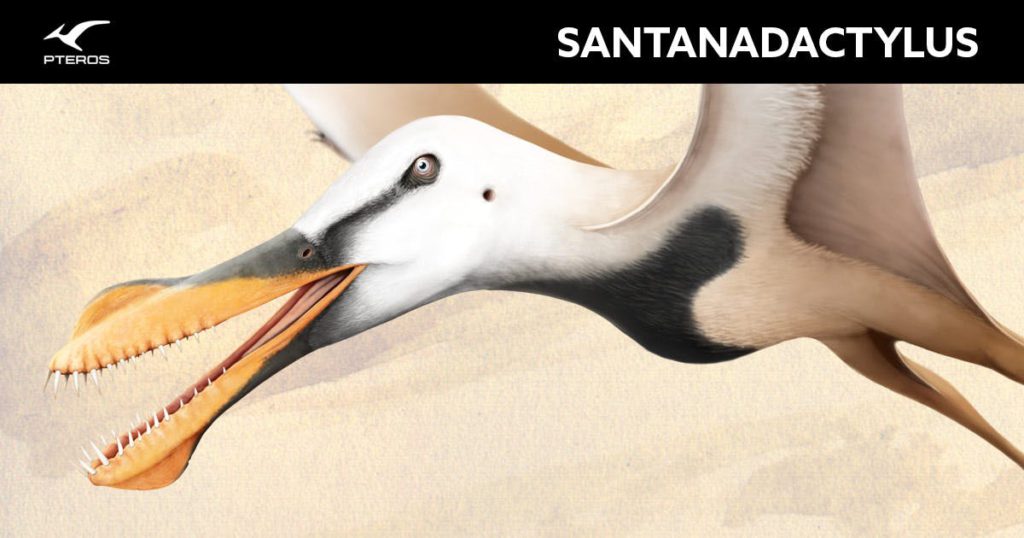
Santanadactylus was a pterosaur that had little in common with ‘Santa,’ save for the fact that they both could fly. Peter Wellnhofer estimated a wingspan of 2.9 to 5.7 metres (9.5 to 18.7 ft). Whereas, De Buisonje thought Santanadactylus Brasiliense had a wingspan of six metres. Santanadactylus adapted more for gliding rather than flapping flight.
Tupuxuara

Tupuxuara was a diurnal pterosaur that lived close to the sea and probably hunted fish. They also habited the Santana Formation and had a wingspan of around 6 metres. It is said that the crest of a Tupuxuara got larger as they started to develop reproductive abilities and served as an indication of the same.
Pteranodon

The largest specimen of the Pteranodon longiceps from the Niobrara Formation measured 6.25 metres. Although the methods and procedures that are being used to calculate the length and wingspan of these creatures are highly inaccurate and unreliable. Producing estimates from 20 kilograms to as high as 93 kilograms.
Moganopterus

Moganopterus fossils were discovered at the village of Xiaosanjiazi near the town of Lamadong. The size of the skull and neck indicates a wingspan of at least 5 metres and probably over 7 metres (23 ft) in the upper range.
Coloborhychus
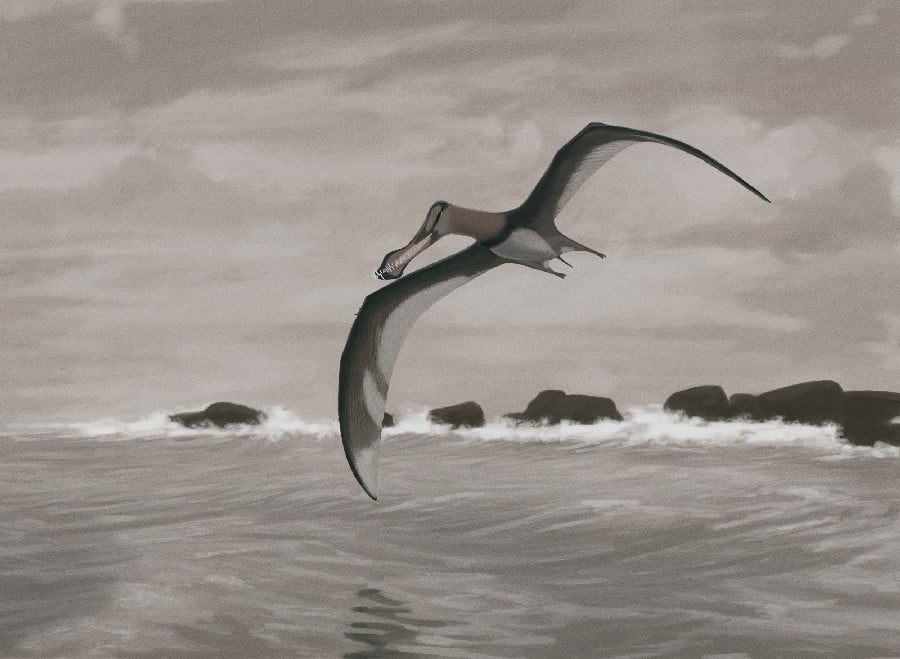
Coloborhychus is the largest known Ornithocheirid, and the largest toothed pterosaur known. Unlike its relatives, it had a straight, rather than curved front margin, which begins at the tip of the snout.
What Killed The Dinosaurs?
The dinosaurs were some of the most successful reptiles ever to roam the planet. Except by other dinosaurs. Something must have killed them off. The fossils are seen all around the world in the mines deep below. Below this layer, there are lots of dinosaur fossils. Above it there are none. It is called the K-T boundary. K-T boundary refers to the transitional period of time between the Cretaceous and Tertiary periods.
If the theory was right, the impact that was created by the asteroid that hit the Earth would have created a fireball equivalent to 10 billion Hiroshima bombs. Its impact would have been enough to kill and destroy all the life force for hundreds of miles around.
How It All Happened?
The energy was deflected either up or out when the asteroid hit. Only one per cent of the force travelled down into the ground. 16 minutes and 40 seconds later they reached the Pacific Northwest. The valley shakes at a magnitude 11 earthquake ripples through the ground. Smaller animals take shelter underground.
Superheated rocks shower the valley in burning hail. The Quetzalcoatlus tried to escape the devastation caused by the earthquake by flying. But it is not possible to escape a rain of fire. Only the valley floor can provide shelter and they are too big to descend quickly.
Dinosaur Embryo Found in Fossilized Egg
It is one of the most celebrated discoveries in the dinosaur world. It created a buzz all around the world. A perfectly preserved dinosaur fossilized egg was found in China. The media used clickbait pictures to promote its articles and videos. Underneath tens and millions of years of dirt, a snapshot in time, a perfectly preserved embryo of a baby dinosaur just about to hatch. But time stood still and left us with something quite exquisite. It is one of the most complete dinosaur embryos helping us understand the links between the ancient species.
The intact embryo found is 66 to 72 years old, according to scientists. It is one of the best-preserved embryos, if not the best-preserved embryo found in the history of mankind. The characteristics and posture of the fossilized egg are so clear due to its perfect preservation. This helped scientists observe the fossil in a very easy manner. That allows the scientists to compare it with other dinosaurs as well as modern birds. The entire dinosaur skeleton is clearly visible after careful extraction of the fossil. Check out our another article on some interesting facts about dinosaurs
Conclusion
The species of dinosaurs is truly a fascinating one. Even though a lot still is a mystery to mankind about these wonderful creatures. Boasting an impressive amount of breeds, dinosaurs remain the most sought after even after millions of years of their extinction. The success of franchises like Jurassic Park shows how much attracted we are to these species. They ruled the land and sky hand in hand. It is hard to impossible how this Earth once looked with them ruling. All those gigantic creatures roaming freely on this planet where we all reside. Although, it is quite easy to figure out that both humans and dinosaurs cannot co-exist simultaneously. Recent discoveries like that of the perfectly preserved embryo, there are chances to get more such fossils that lead us to more valuable and accurate information.
Here’s a link to one of the good articles on dinosaurs.
Frequently Asked Questions
Question 1: When did the dinosaurs go extinct?
Answer: Dinosaurs went through extinction at the end of the Cretaceous period (65 million years ago).
Question 2: How many years did dinosaurs live on Earth?
Answer: The dinosaurs lived for 165 million years in total.
Question 3: Can dinosaurs survive underwater?
Answer: In most cases, dinosaurs lived on land. Although some of the dinosaurs did go into the sea or water. Although water bodies are not dinosaurs’ primary habitat and thus, they cannot survive underwater.
Question 4: Can dinosaurs swim?
Answer: Dinosaurs are able to swim, although they don’t prefer to be underwater or in the water as it is not their primary habitat.
Question 5: Is it possible to resurrect dinosaurs?
Answer: It is not possible to bring back dinosaurs to life. DNA preservation doesn’t help, resurrecting dinosaurs is something unfeasible and foolish as both dinosaurs and humankind cannot co-exist simultaneously.
Question 6: How many dinosaur breeds are there?
Answer: 700 valid dinosaur species in total.
Question 7: Are modern birds related to dinosaurs?
Answer: Yes, modern birds are related to ancient creatures. Modern birds share a common ancestry with the dinosaurs.
Question 8: Where are the dinosaur fossils found?
Answer: All seven continents have dinosaurs fossils.
Question 9: When did the non-avian dinosaurs go extinct?
Answer: The non-avian dinosaurs went through extinction 66 million years ago.
Parting Words
Hope you liked reading this article.. For articles related to any topic, visit Podium School.
Share with your friends
